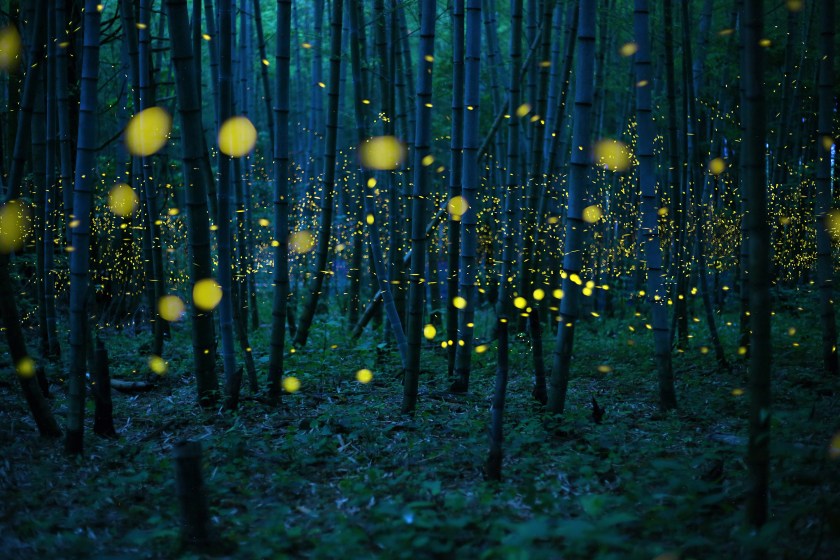
Luciola parvula, a species of firelfy, light up a bamboo forest in Japan. (Kei Nomiyana/2016 Sony World Photography Awards)
Kei Nomiyana
The Sony World Photography Awards, which recognizes the world’s best photography, gave several Americans top category honors in 2016, while an Iranian took home the most coveted prize. Selected from the winners of the fourteen categories, Asghar Khamseh won the the “L’Iris d’Or Photographer of the Year” award for his photo series Fire of Hatred. Japanese photographer Kei Nomiyama earned a similar title, “Open Photographer of the Year,” for the best single photo submitted (see above).
Sony’s is the world’s largest photo competition, and a panel of industry professionals judged this year’s record-breaking 230,103 entries from 186 countries, with first-, second-, and third-place awards handed out in each category. The winners hail from 10 countries, and for the first time, two categories were won by the same photographer (Canadian Kevin Frayer). Americans Andrew Burton and Stephanie Sinclair both earned third place for their submissions to the “Current Affairs and Daily Life” categories, respectively.
You can view all of the first-place images below, along with Asghar Khamseh’s L’Iris d’Or–winning photo essay.
Architecture
Amélie Labourdette, France
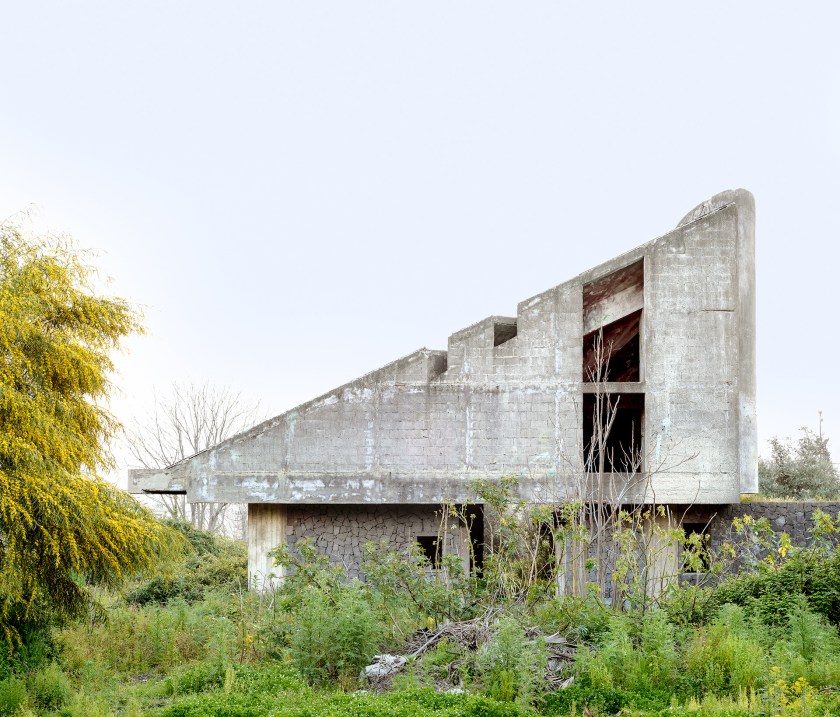
This series of photographs, ‘Empire of Dust,’ was taken in south Italy, in the regions of Sicily, Calabria, Basilicata and Puglia, where financial crises and embezzlement have made of the incompleteness an architectural aesthetic. Through this series, she tries jointly through an ‘archaeology of the present’ to reflect the contemporary history by the yardstick of these unfinished architectures, while invoking the viewer’s imagination so that there unfolds a variant of the world. (Amelie Labourdette/2016 Sony World Photography Awards)
Amelie Labourdette
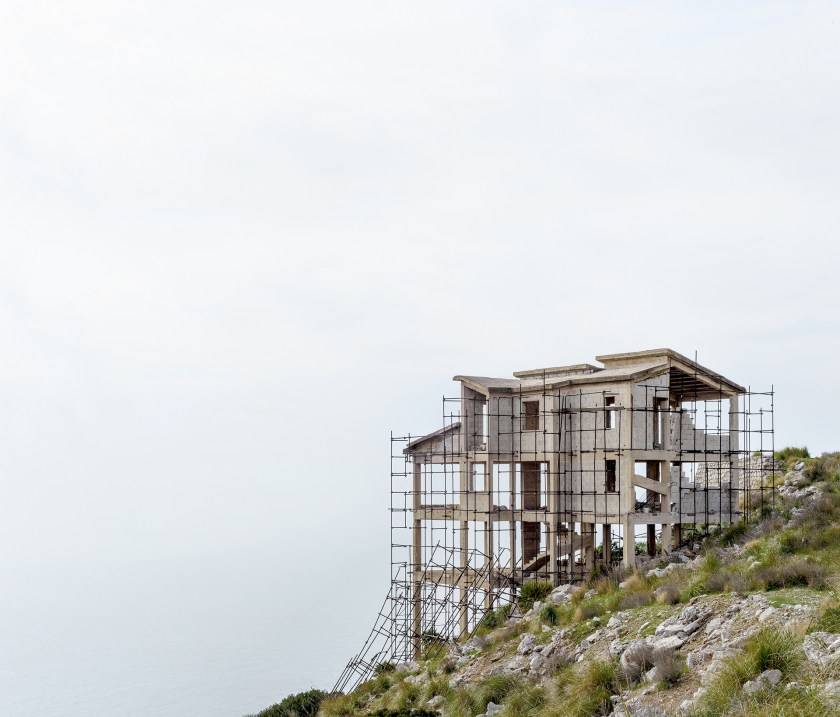
This series of photographs, ‘Empire of Dust,’ was taken in south Italy, in the regions of Sicily, Calabria, Basilicata and Puglia, where financial crises and embezzlement have made of the incompleteness an architectural aesthetic. Through this series, she tries jointly through an ‘archaeology of the present’ to reflect the contemporary history by the yardstick of these unfinished architectures, while invoking the viewer’s imagination so that there unfolds a variant of the world. (Amelie Labourdette/2016 Sony World Photography Awards)
Amelie Labourdette
Campaign
Jetmir Idrizi, Kosovo

TransBrasil is an ongoing project, which aims to deepen the gender identities issues from a documentary photography perspective. It approaches different social and cultural expressions that question the binary schemes of masculine/feminine to understand the gender and identity process. (Jetmir Idrizi/2016 Sony World Photography Awards)
Jetmir Idrizi

TransBrasil is an ongoing project, which aims to deepen the gender identities issues from a documentary photography perspective. It approaches different social and cultural expressions that question the binary schemes of masculine/feminine to understand the gender and identity process. (Jetmir Idrizi/2016 Sony World Photography Awards)
Jetmir Idrizi
Candid
Kirstin Schmitt, Germany
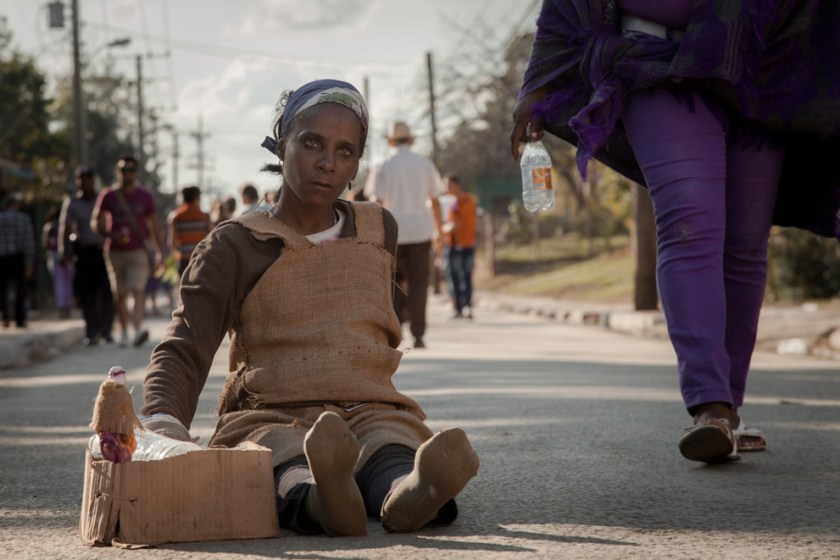
The series, ‘Waiting for the Candymen,’ is a study of Cuban idiosyncrasy; an allegory of waiting: waiting for the right moment, waiting for tomorrow, waiting for something or someone who brings redemption. (Kirstin Schmitt/Sony World Photography Awards)
Kirstin Schimitt
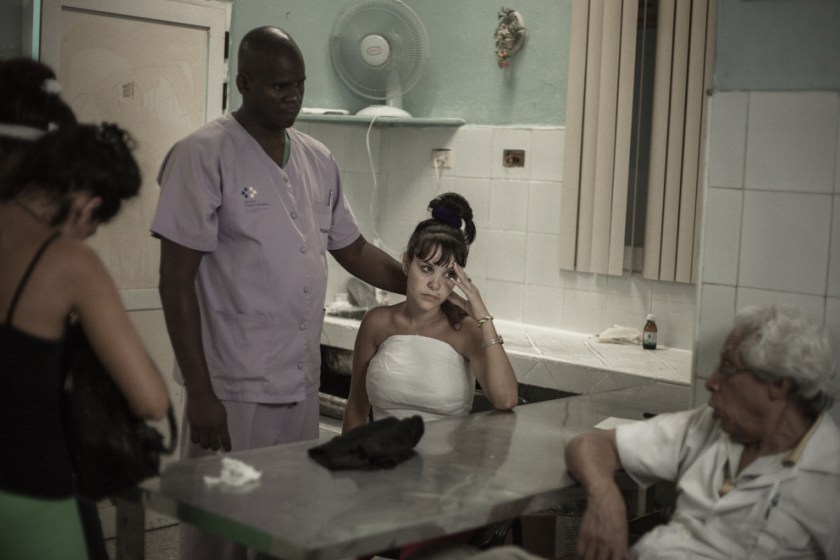
The series, ‘Waiting for the Candymen,’ is a study of Cuban idiosyncrasy; an allegory of waiting: waiting for the right moment, waiting for tomorrow, waiting for something or someone who brings redemption. (Kirstin Schmitt/Sony World Photography Awards)
Kirstin Schmitt
Conceptual
Julien Mauve, France
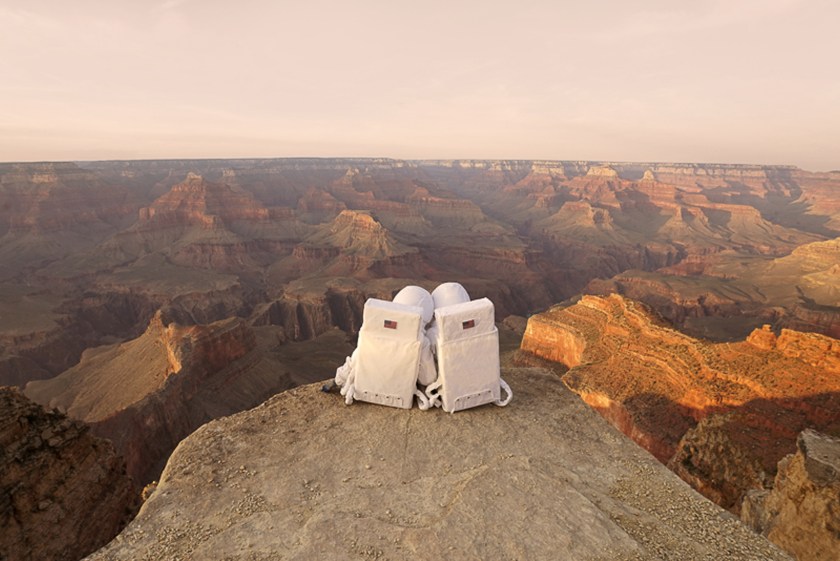
This project is about space exploration and discovery, but it’s also about our behavior in front of landscapes and how we create pictures that will share our personal story with the world. In the spots, carefully chosen for their similarities with Mars, the photographer imitated stereotypical tourist poses. It’s interesting to observe the way we act in front of the camera, how we include ourselves in the landscapes, and how those landscapes trigger the desire to affirm our presence. And how the way we take pictures exposes the vanity involved in our endless pursuit of self-definition. (Julien Mauve/2016 Sony World Photography Awards)
Julien Mauve

This project is about space exploration and discovery, but it’s also about our behavior in front of landscapes and how we create pictures that will share our personal story with the world. In the spots, carefully chosen for their similarities with Mars, the photographer imitated stereotypical tourist poses. It’s interesting to observe the way we act in front of the camera, how we include ourselves in the landscapes, and how those landscapes trigger the desire to affirm our presence. And how the way we take pictures exposes the vanity involved in our endless pursuit of self-definition. (Julien Mauve/2016 Sony World Photography Awards)
Julien Mauve
Current Affairs
Angelos Tzortzinis, Greece
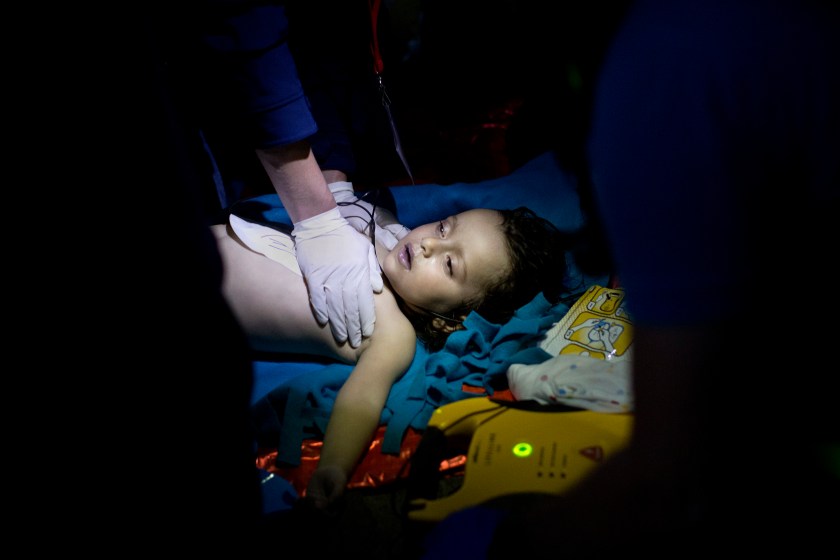
Migration to Europe has increased over the past years, mainly because of political and social turmoil in the Middle East. During recent years, Greece has been the path for thousands refugees and migrants to cross from Turkey to Greece and other European countries. (Angelos Tzortzinis/2016 Sony World Photography Awards)
AFP
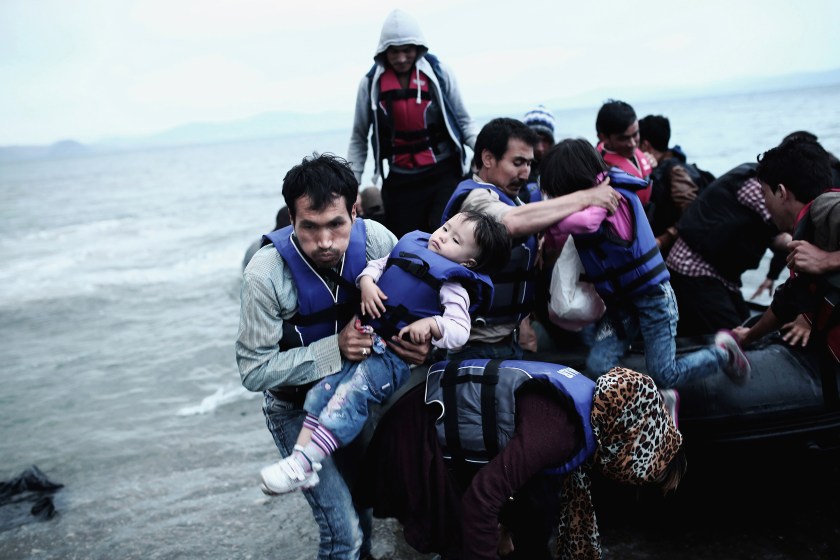
Migration to Europe has increased over the past years, mainly because of political and social turmoil in the Middle East. During recent years, Greece has been the path for thousands refugees and migrants to cross from Turkey to Greece and other European countries. (Angelos Tzortzinis/2016 Sony World Photography Awards)
AFP
Daily Life
Espen Rasmussen, Norway
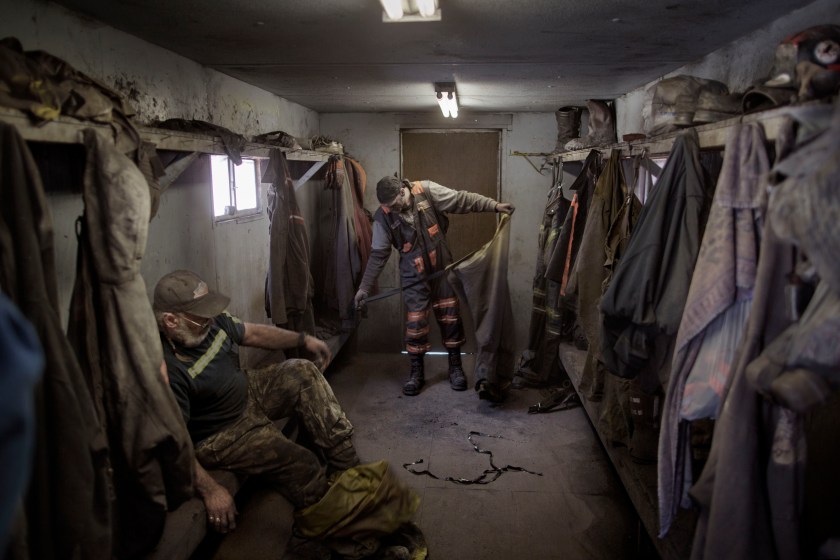
Coal used to be the gold of West Virginia. But then Obama was elected and passed new environmental regulations. Together with lower prices of coal, it led to huge redundancies, and the coal became a curse for many of the coal cities in West Virginia. In 1940, 140,000 workers worked in the mountains; today only about 15,000 are left in the coal business. Towns like Beckley and Mullens do not have many other sources of income. Drugs, pills, alcohol, and violence dominate in many places, and young people are struggling to find work, forcing many to move. (Espen Rasmussen/2016 Sony World Photography Awards)
Espen Rasmussen

Coal used to be the gold of West Virginia. But then Obama was elected and passed new environmental regulations. Together with lower prices of coal, it led to huge redundancies, and the coal became a curse for many of the coal cities in West Virginia. In 1940, 140,000 workers worked in the mountains; today only about 15,000 are left in the coal business. Towns like Beckley and Mullens do not have many other sources of income. Drugs, pills, alcohol, and violence dominate in many places, and young people are struggling to find work, forcing many to move. (Espen Rasmussen/2016 Sony World Photography Awards)
Espen Rasmussen
Environment
Kevin Frayer, Canada
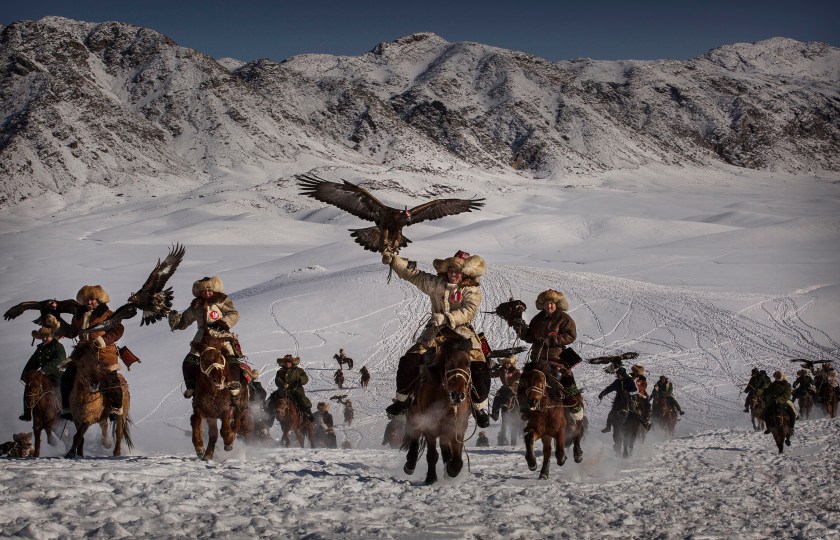
The Eagle Hunting festival, organized by the local hunting community, is part of an effort to promote and grow traditional hunting practices for new generations in the mountainous region of western China that borders Kazakhstan, Russia, and Mongolia. The training and handling of the large birds of prey follows a strict set of ancient rules that Kazakh eagle hunters are preserving for future generations. (Kevin Frayer/2016 Sony World Photography Awards)
Getty Images
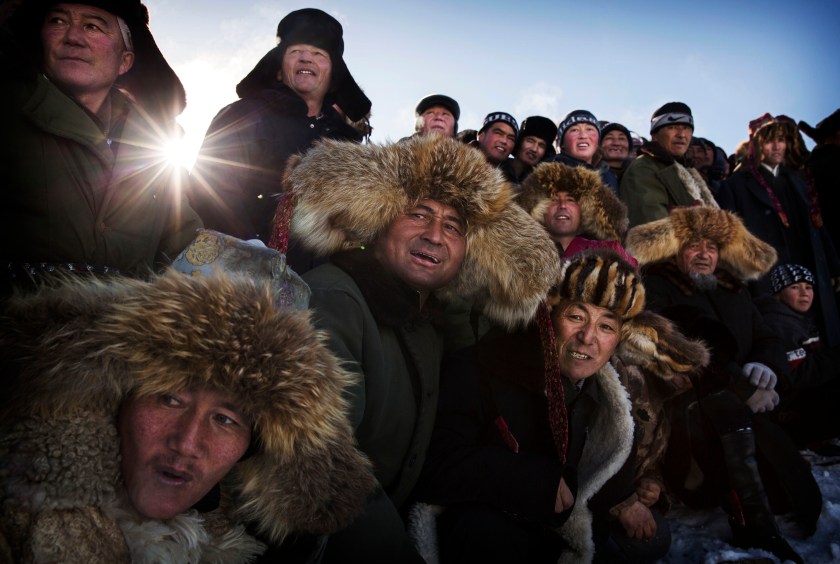
The Eagle Hunting festival, organized by the local hunting community, is part of an effort to promote and grow traditional hunting practices for new generations in the mountainous region of western China that borders Kazakhstan, Russia, and Mongolia. The training and handling of the large birds of prey follows a strict set of ancient rules that Kazakh eagle hunters are preserving for future generations. (Kevin Frayer/2016 Sony World Photography Awards)
Getty Images
Landscape
Maroesjka Lavigne, Belgium
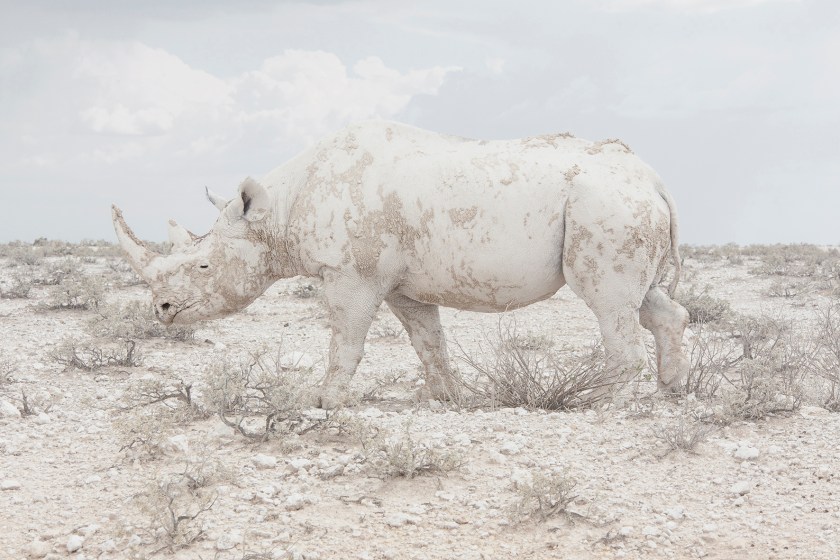
Named for its desert, Namibia is one of the least densely populated places on earth, visually defined by rich colors in a barren, yet constantly changing landscape; the vast brown plain of scorched earth, the white surface of the salt pans, the gold tones of the sand dunes. Patience is required to discover Namibia’s subtle scenery. Hours of driving reveals more emptiness; the sight of other people rare, and only the strategically located gas stations a reminder of the world beyond. (Maroesjka Lavigne/2016 Sony World Photography Awards)
Maroesjka Lavigne
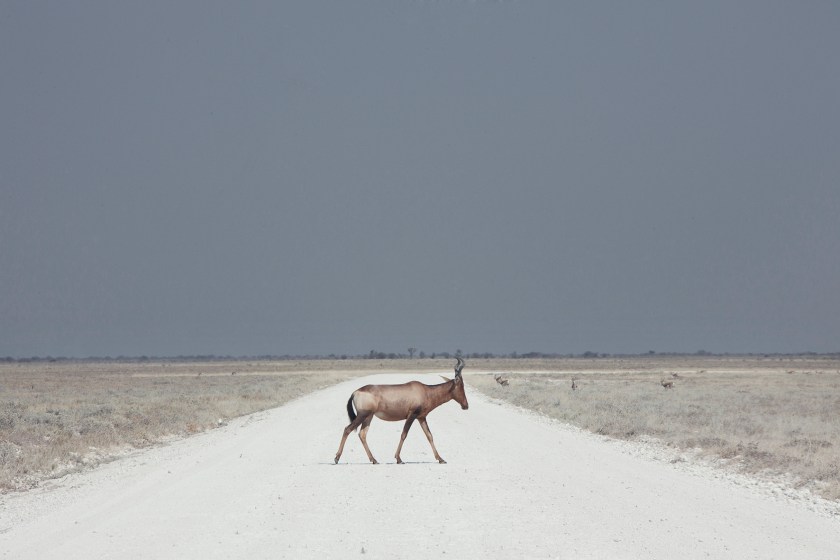
Named for its desert, Namibia is one of the least densely populated places on earth, visually defined by rich colors in a barren, yet constantly changing landscape; the vast brown plain of scorched earth, the white surface of the salt pans, the gold tones of the sand dunes. Patience is required to discover Namibia’s subtle scenery. Hours of driving reveals more emptiness; the sight of other people rare, and only the strategically located gas stations a reminder of the world beyond. (Maroesjka Lavigne/2016 Sony World Photography Awards)
Maroesjka Lavigne
People
Kevin Frayer, Canada
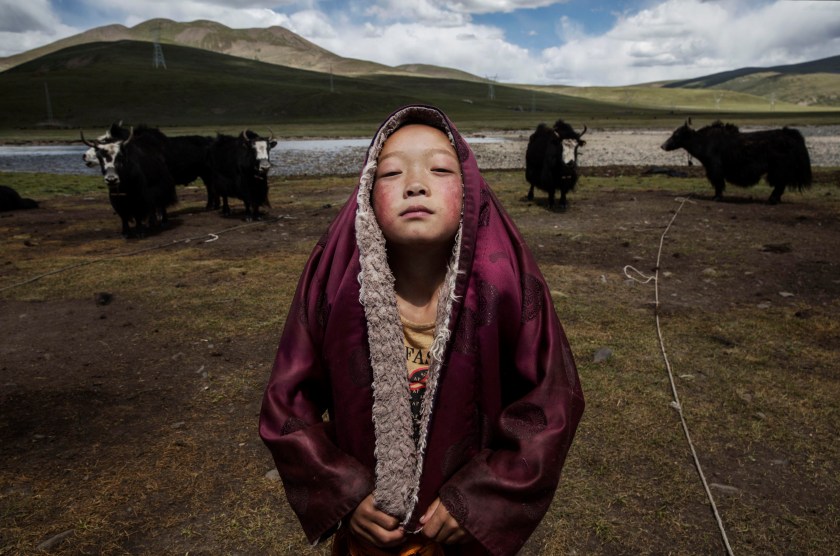
Tibetan nomads face many challenges to their traditional way of life including political pressures, forced resettlement by China’s government, climate change, and rapid modernization. The Tibetan Plateau, often called ‘The Roof of the World,’ is the world’s highest and largest plateau. (Kevin Frayer/2016 Sony World Photography Awards)
Getty Images
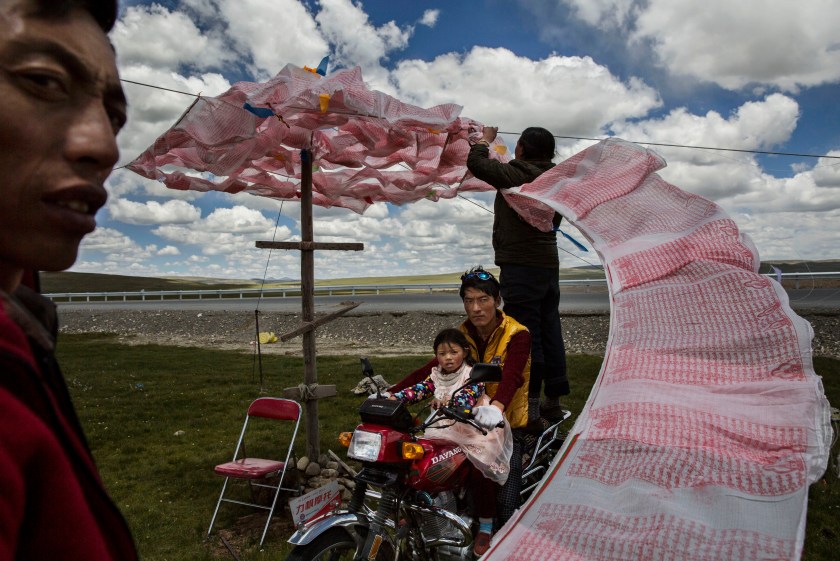
Tibetan nomads face many challenges to their traditional way of life including political pressures, forced resettlement by China’s government, climate change, and rapid modernization. The Tibetan Plateau, often called ‘The Roof of the World,’ is the world’s highest and largest plateau. (Kevin Frayer/2016 Sony World Photography Awards)
Getty Images
Portraiture
Marcello Bonfanti, Italy
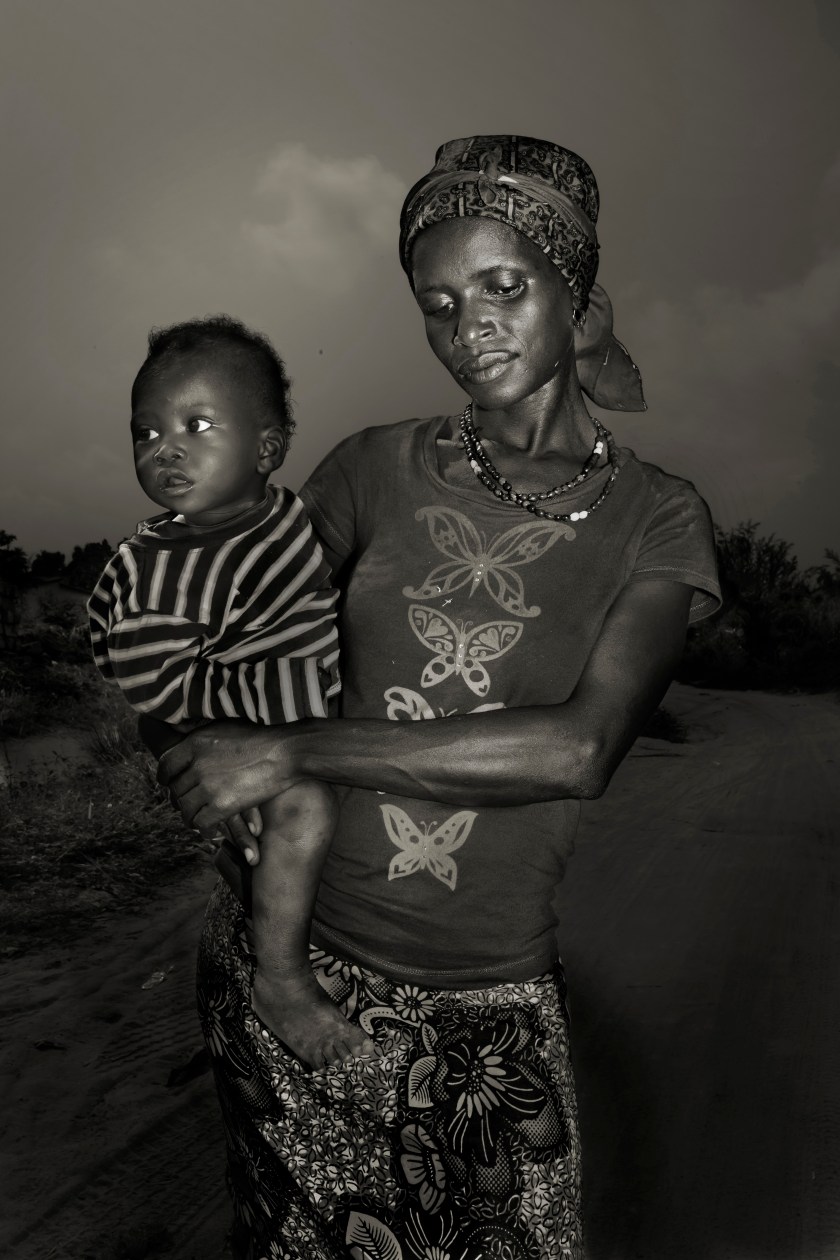
The most widespread outbreak of the Ebola virus in Sierra Leone ended on October 7, 2015, with 14,122 cases and 3,955 deaths. That required the complex and brave intervention of international NGOs in the attempt to fight the virus. The Italian NGO, Emergency, ran an Ebola treatment center built by DFEED. Thanks to the medical care of Emergency, many were able to start a new life. They returned to life finding their families partly or totally killed by the virus. (Marcello Bonfanti/2016 Sony World Photography Awards)
Marcello Bonfanti
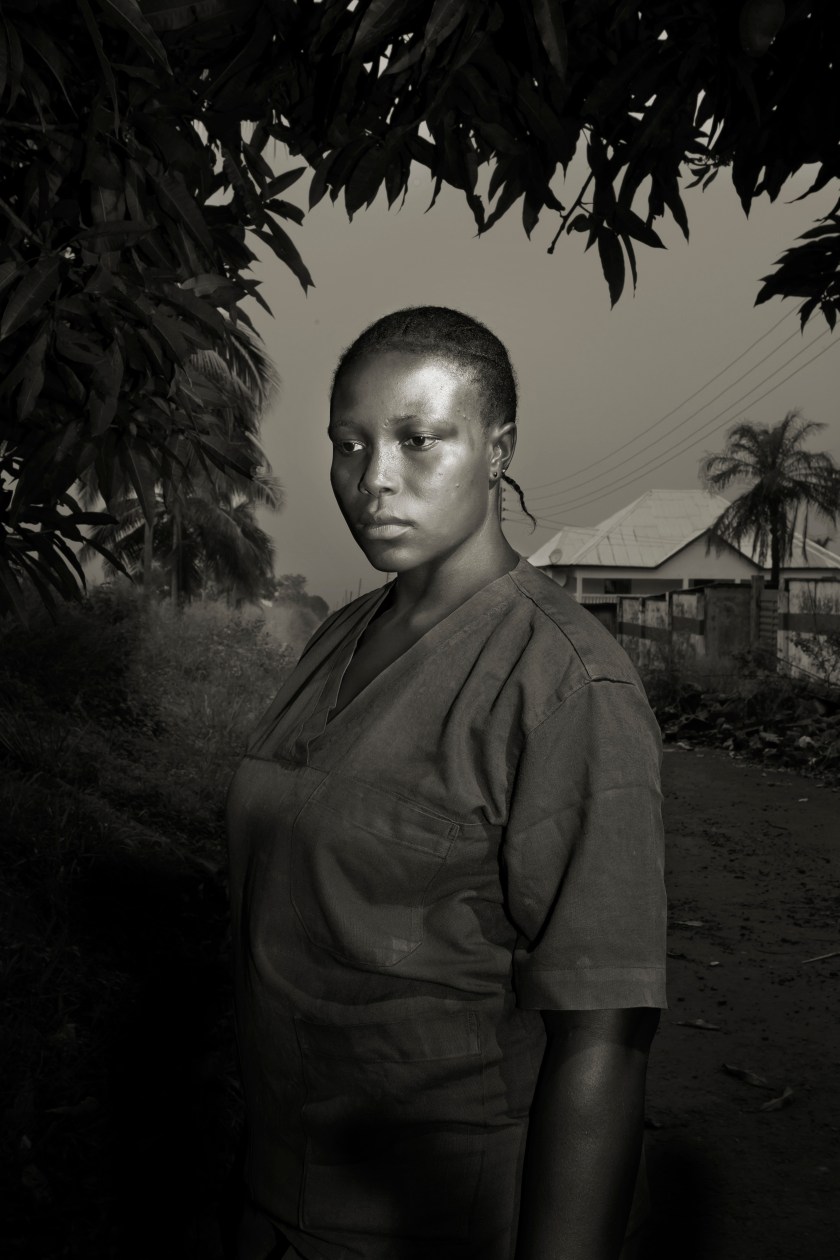
The most widespread outbreak of the Ebola virus in Sierra Leone ended on October 7, 2015, with 14,122 cases and 3,955 deaths. That required the complex and brave intervention of international NGOs in the attempt to fight the virus. The Italian NGO, Emergency, ran an Ebola treatment center built by DFEED. Thanks to the medical care of Emergency, many were able to start a new life. They returned to life finding their families partly or totally killed by the virus. (Marcello Bonfanti/2016 Sony World Photography Awards)
Marcello Bonfanti
Sports
Nikolai Linares, Denmark

Portraits of the silver medal winners just after losing their final at the Zealand boxing Championships held in Copenhagen in March. (Nikolai Linares/2016 Sony World Photography Awards)

Portraits of the silver medal winners just after losing their final at the Zealand boxing Championships held in Copenhagen in March. (Nikolai Linares/2016 Sony World Photography Awards)
Nikolai Linares
Staged
Alberto Alicata, Italy
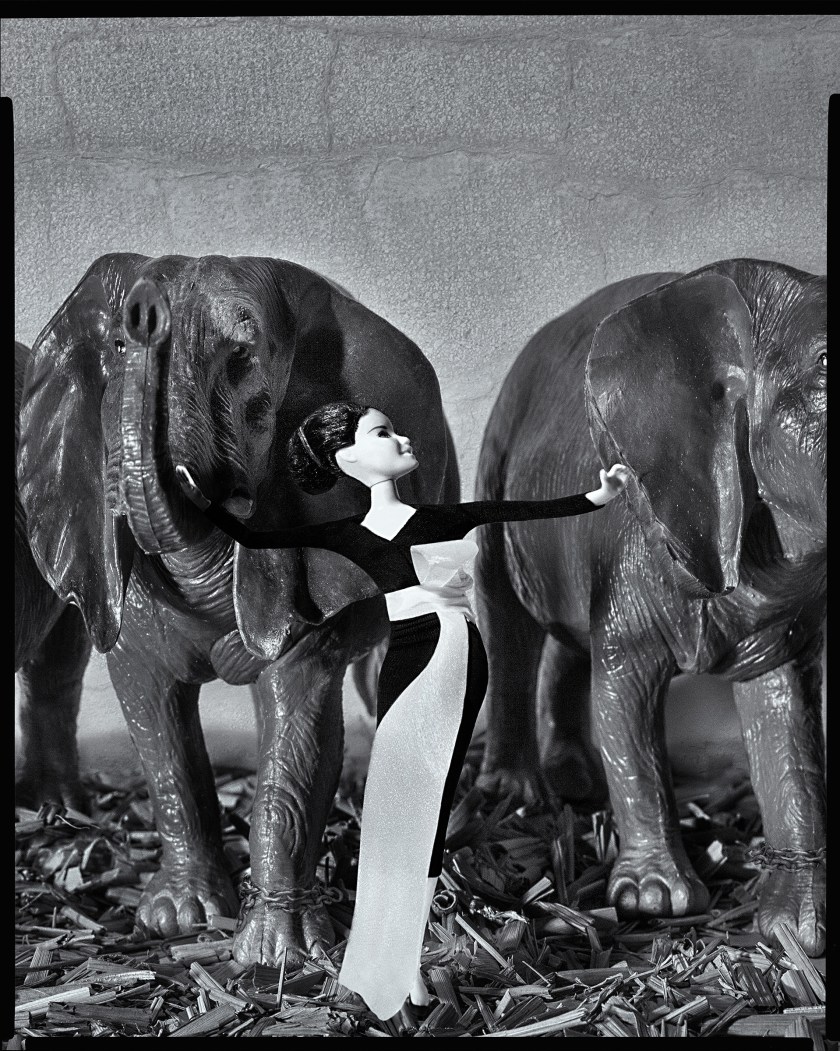
In this project, Alberto Alicata traces the history of photography through iconic images by using a symbol of contemporary Western culture: Barbie. Irving Penn, Richard Avedon, Guy Bourdin, David Lachapelle, and Mario Testino are some of the photography greats that Alicata honors. He studied each carefully chosen shot and recreated a set of them with Barbie front and center, honoring the original that inspired it. That is, in order to strengthen the authenticity and timelessness of the images, which now become part of our visual memory. (Alberto Alicata/2016 Sony World Photography Awards)
Alberto Alicata

In this project, Alberto Alicata traces the history of photography through iconic images by using a symbol of contemporary Western culture: Barbie. Irving Penn, Richard Avedon, Guy Bourdin, David Lachapelle, and Mario Testino are some of the photography greats that Alicata honors. He studied each carefully chosen shot and recreated a set of them with Barbie front and center, honoring the original that inspired it. That is, in order to strengthen the authenticity and timelessness of the images, which now become part of our visual memory. (Alberto Alicata/2016 Sony World Photography Awards)
Alberto Alicata
Still Life
Francesco Amorosino, Italy
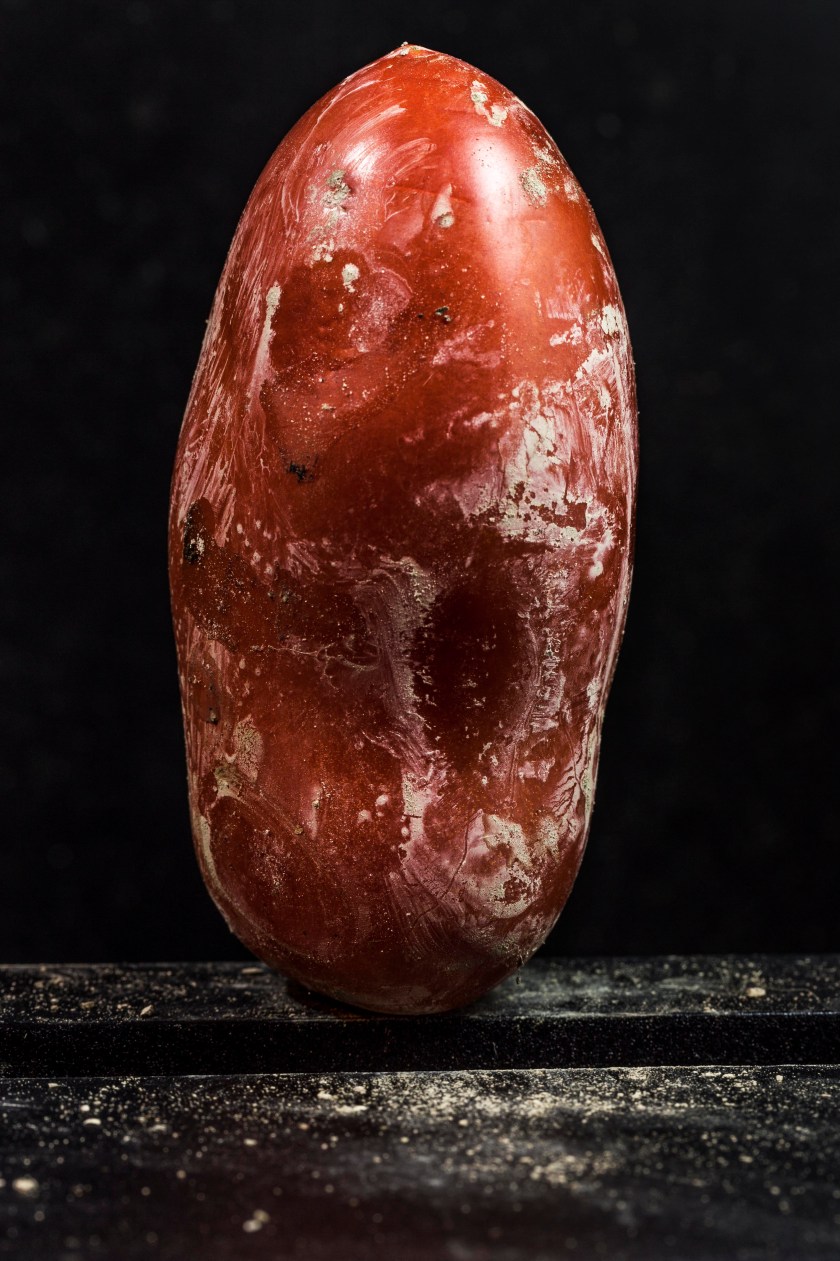
Once a year Italian families make tomato sauce at home, cooking and canning tons of tomatoes. The tomatoes are grown in the fields of southern Italy and harvested by about 19,000 laborers, paid one or two euro for each box filled. (Francesco Amorosino/2016 Sony World Photography Awards)
Francesco Amorosino

Once a year Italian families make tomato sauce at home, cooking and canning tons of tomatoes. The tomatoes are grown in the fields of southern Italy and harvested by about 19,000 laborers, paid one or two euro for each box filled. (Francesco Amorosino/2016 Sony World Photography Awards)
Francesco Amorosino
L’Iris d’Or Photographer of the Year (Contemporary Issues)
Asghar Khamseh, Iran
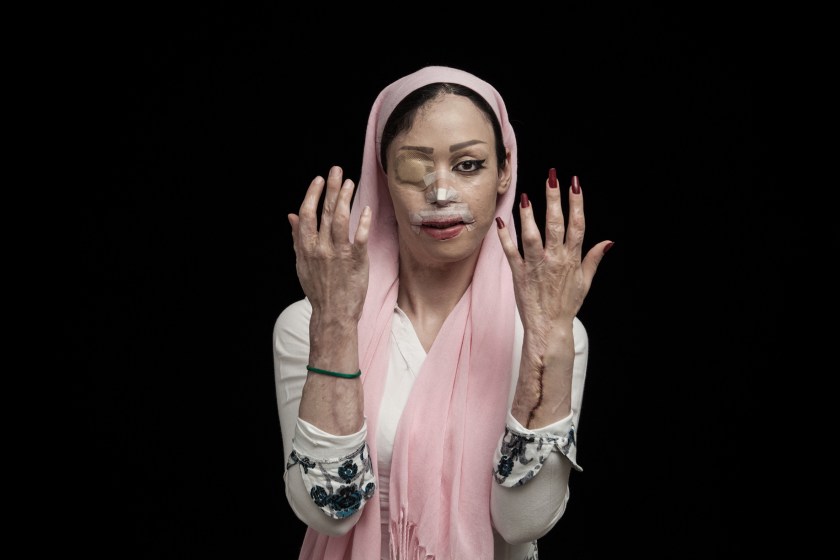
The violent act of acid throwing is primarily perpetrated against women and children. These attacks are committed with the intent to disfigure, maim, and destroy the social life and future of the victim. The motivation to commit this type of violence is cultural destitution and intolerance and happens in situations such as family conflicts, rejected marriage proposals, revenge, and divorce requests. (Asghar Khamseh/Iran)
Asghar Khamseh
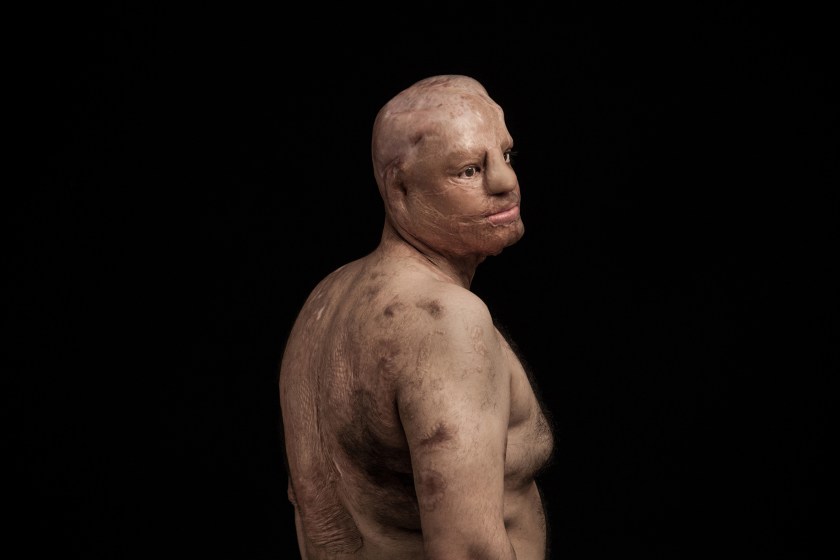
The violent act of acid throwing is primarily perpetrated against women and children. These attacks are committed with the intent to disfigure, maim, and destroy the social life and future of the victim. The motivation to commit this type of violence is cultural destitution and intolerance and happens in situations such as family conflicts, rejected marriage proposals, revenge, and divorce requests. (Asghar Khamseh/Iran)
Asghar Khamseh
This article was featured in the InsideHook newsletter. Sign up now.





















































